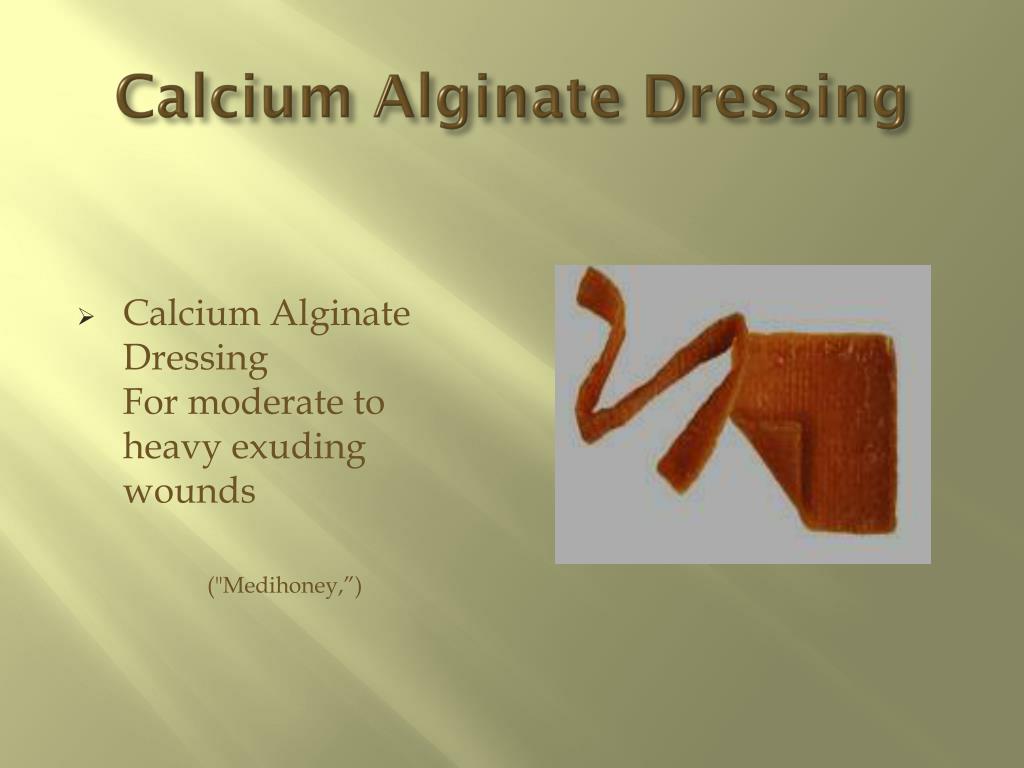

This causes distension of the leg veins, oedema (swelling due to fluid accumulation) of the lower limb and leakage of circulatory fluids from the capillaries into the surrounding tissues. A related issue is diminished calf muscle pump action. Both valvular and calf muscle pump impairment can result in reduced venous blood flow leading to venous hypertension. Venous leg ulcers are a common and recurring type of chronic or complex wound. They are usually caused by venous insufficiency (impaired venous blood flow) brought about by venous hypertension. Predisposing factors for venous hypertension include a history of deep vein thrombosis (DVT), thrombophlebitis, leg trauma, arthritis, obesity, pregnancy and a sedentary lifestyle. These factors can result in damage to the valves in the leg veins allowing pathological two‐way blood flow instead of the normal one‐way movement. Further, good quality evidence is required before any definitive conclusions can be made regarding the use of alginate dressings in the management of venous leg ulcers. Overall, the current evidence is of low quality. Adverse events were generally similar between treatment groups (but not assessed for alginate versus plain non‐adherent dressings). In terms of wound healing, we found no good evidence to suggest that there is any difference between different brands of alginate dressings, nor between alginate dressings and hydrocolloid or plain non‐adherent dressings. We evaluated the evidence from five randomised controlled trials that compared either different brands of alginate dressings, or alginate dressings with other types of dressings. Alginate dressings contain substances derived from seaweed and are one of several types of wound dressings available. Dressings are applied underneath bandages or stockings with the aim of protecting the wound and providing a moist environment to aid healing. Compression therapy, in the form of bandages or stockings, is considered to be the cornerstone of venous leg ulcer management. Venous leg ulcers are a common and recurring type of chronic or complex wound which can be distressing for patients and costly to healthcare providers.


 0 kommentar(er)
0 kommentar(er)
